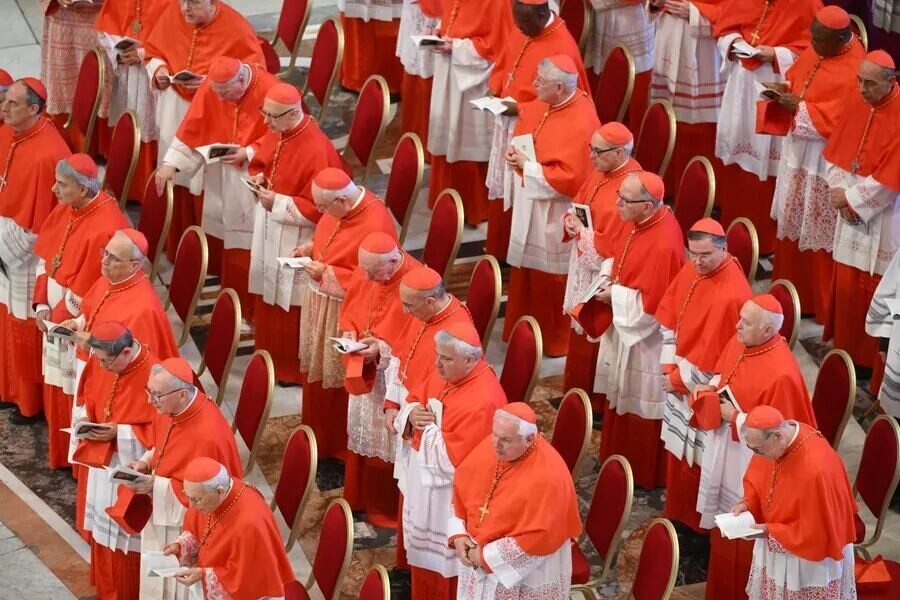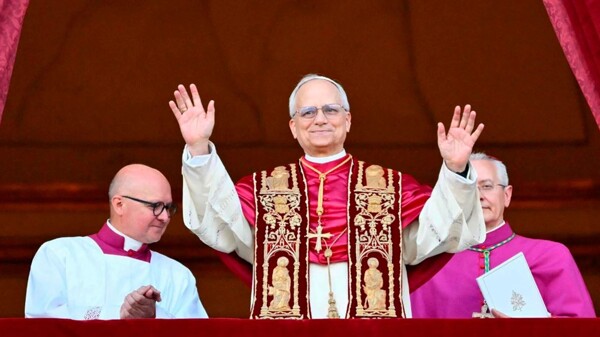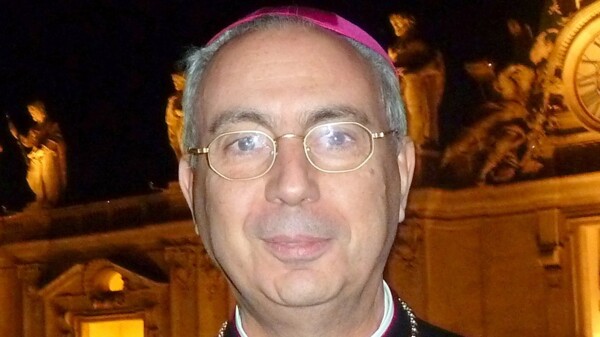
The first round of voting in the conclave did not reach an agreement, which was to be expected. After four hours of the process starting, the thousands of attendees in St. Peter's Square witnessed the first black smoke, indicating that the cardinals had not selected the successor to Francis.
Some conclaves have historically lasted nearly three years until a new pope was elected, being considered the longest and most tense in the 13th century. Although there is no time limit set by the Catholic Church or the Vatican for the papal election, there is an implicit process called 'sudden death' to end the conclave.
Voting takes place four times a day, with black smoke if no pope has been chosen. The attention of millions of people follows the process in the Vatican, closely watching the color of the smoke that emanates from the chimney as a signal of the election of the next pontiff.
The conclave has captured the interest of thousands of believers, eager to understand its development, participants, and other related issues. If no pope is elected after three days, voting is suspended for a day for prayers, informal debates, and a spiritual exhortation.
After the pause, voting resumes. If there is no consensus in seven additional rounds, another pause is made, restarting the voting afterward. Subsequently, if no pontiff has been chosen after 21 votes, the 'sudden death' process is carried out, in which the two candidates with the most votes in the previous round compete until one obtains the necessary votes.
In the 'sudden death' process, the two finalists do not participate, thus allowing for a smoother election of the pope.














